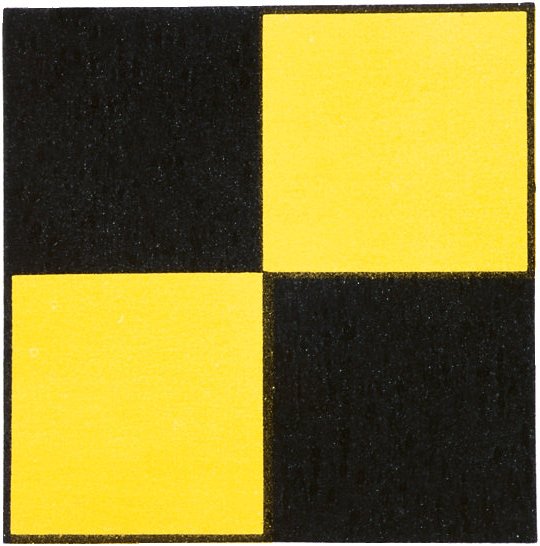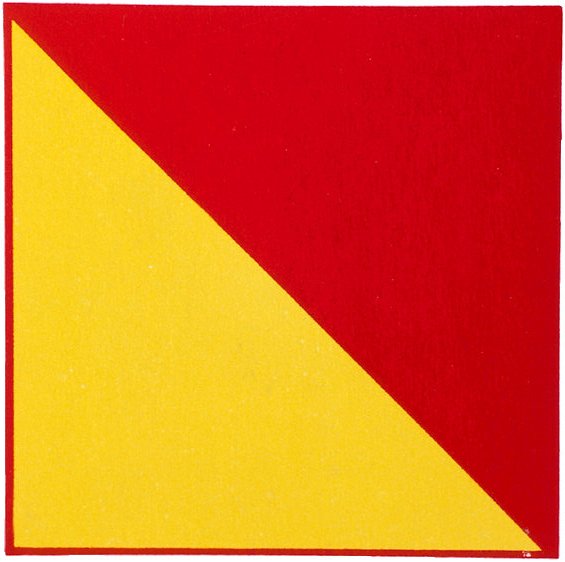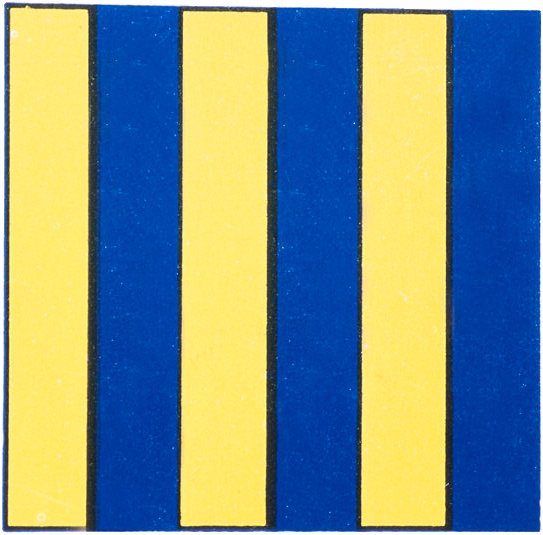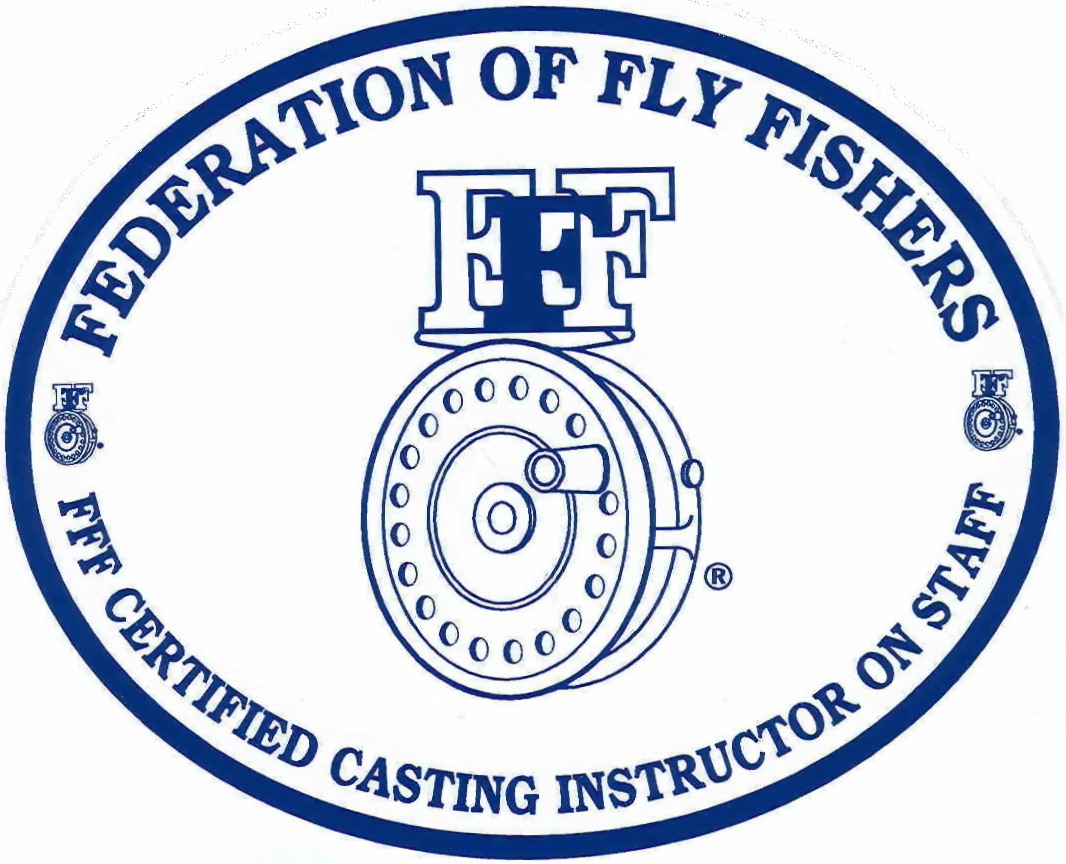Switch Rods in the Salt
by Captain Jim Barr on 12/10/13
About every other year I take a trip west with a couple of friends to fly fish for a week or so. We no longer bring onto the airplane any of our fly fishing equipment and clothing we'll need for the trip, instead we box virtually everything and ship it via UPS to either the lodge where we are staying or to the local UPS store in the nearest town to where we'll be fishing. Given the prices airlines now charge for checking bags, it's cheaper and more reliable to go the UPS route plus it's just more relaxing to not carry stuff or worry if it's going to get to our destination on time. Before we started this revised approach to shipping our gear, like many fly anglers we attempted to bring onto the plane a carry-on bag that included fly reels, fly boxes, tippet spools, vest, waders and boots. We'd also bring an assortment of fly rods of various lengths and weights for varying stream and wind conditions that were stored in aluminum tubes (you can never bring too many rods, what if...?) Many traveling anglers got into this practice so that if the airline temporarily lost one's bags they could still fish for a few days before the bags were discovered and shipped to where you were lodging. One year in the old days I was deplaning in Salt Lake City to meet my connecting flight to Billings, MT. I was carrying a bundle of four rods in their short tubes when this guy in line behind me tapped me on the shoulder. I turned around and he asked if those were fly rods in the tubes. I could tell just by looking at this guy with the country club logo on his golf shirt and "Titleist" embroidered on his hat that the question and my anticipated response was a setup for a zinger. So I played his game. "Yes" I answered, and sure enough then came the hook (or slice) as the case may be. Smugly he asked, "Why on earth would you need four fly rods to catch a fish". Then it was my turn... "for the same reason you as a golfer might need fourteen clubs to make a Birdie". I have to give the guy credit, for being insulted he smiled and wished me good luck. Since that time, like many of us, I have continued to add to inventory without selling or giving away very many of these rods and reels, as their use had declined by being replaced with newer (and generally more costly) equipment. Part of my excuse is that I am a fly fishing guide and am expected to carry on the boat equipment manufactured by companies that endorse my business. The other reason is that I'm also a hoarder. Rods made by (or for) Sage, Redington, Orvis, T&T, Bass Pro, Temple Fork, Loomis etc. all do a good job at casting a fly line. Of course they all vary in construction, finish, weight, blank material and wrapping color etc.- but in the hands of a reasonably good fly caster- they all get the job done- reasonably well. Generally we think in terms of using shorter more delicate rods for casting shorter distances and in environments that preclude using the standard 8 to 9 foot length rod, a brush crowded and narrow stream for example. Generally we don't think much (if at all) about using rods longer than the standard 9 footer for casting longer distances. For those of us that fish primarily from a boat, we default to using the 9 foot rod because in most cases we can drive the boat closer to the fish as necessary precluding the need to routinely make a 70 foot and longer cast. That however is not the case for the shore-bound fly caster. With a 9 foot rod the lion's share of fly casters will be unable to reach the fish that are beyond 70 feet and when you factor in wind, apart from all but a tailwind, the average caster will be unable to cast even that far. So what happens if you are one of those anglers?, you either don't catch those fish with the fly rod or you resort to using a spinning rod (which is just fine by the way). Herein resides the analogy to the wise guy with the golf shirt. Facing a head wind on the tee and a target that's some distance away, the golfer is going to use a club that is powerful (like a driver) that can exert a lot of energy on the golf ball to achieve maximum distance, or if it's a shorter distance to the green but still a long way, he might use a two or three iron with a shallow angled blade to keep the ball at a lower and flatter trajectory particularly if wind is an issue. The choice of which club to use is in keeping with how far and accurate the shot must be. In fly casting we use the shorter and lighter weight rods when we are close-in and when the presentation needs to be precise and delicate. For the longest casts, however, generally we default to using our 9 foot rods and hope we can get the distance we need to reach the fish.
Longer rods for longer distances... what a revelation!
Here are three scenarios I see played out frequently:
1. Anglers are wade fishing an estuary/salt river. Those with 9 foot rods are casting into a headwind to a well defined seam where slow water meets a current. Stripers are holding at the seam and beyond to the opposite bank. Repeated 55 foot casts yield no takes, occasionally an angler makes a good cast with a narrow loop, the fly line punches through the wind and the fly lands at the 65 foot seam...hookup. There are also fish rising at the far bank, a 90 foot cast...even on their best day, anglers with 9 foot rods can only watch and wonder how nice it would be to reach the fish, or alternatively find a place to cross the river and make short casts to those fish.
2. Anglers are wade fishing in the surf and facing a head wind. The fish are at 80 and on the far side of a three foot shore break. These fish are certainly within range of a spinning rod but you didn't bring one and/or you're a fly fishing purist and would never think of using one (foolish). Using your nine foot 9 weight single handed rod, while facing the wind puts your best cast at 60 feet and your line piles up in the waves.
3. Anglers wade fishing in our salt ponds during our infamous "worm hatches". Fish are actively taking worms at 65 feet or further from the waist deep angler. Wind is not a factor but having little or no back cast room due to brush and small trees behind the angler, they do their best with high back casts or ineffective roll casts to push the fly the required distance, but the fly still falls short...way short. More watching and wishing the ability to reach those fish. Why didn't I bring my little boat?
In these scenarios, the angler using an 11 foot two-handed Switch rod, and a reel loaded with a line specifically engineered for use with the Switch rod, can make effortless single and double handed casts using both the standard overhead, the standard Switch Cast (aka Forward Spey Cast) as well as any number of other Spey casts (Single, Double, Snake Roll, Snap T, Snap Z, Circle, the list goes on). This rod and line combination enables the angler to easily reach those fish at 65 and 90 feet and once proficient, an angler can cast 100 feet and beyond. A Switch line has a long floating head (50-60 feet) and has at the fly end, a welded loop. To the loop the angler attaches a standard leader using the loop to loop method for top water presentations and alternatively for deeper presentations, varying lengths of slow intermediate sinking tip and fast sinking tips plus a short section of leader. With a Switch rod the angler can easily cover much more water than the poor guy toughing it out with the nine foot rod. It's truly amazing how much additional distance the angler can achieve with a two foot increase in rod length, combined with the two-handed grip that permits nearly effortless casting.
In summary, recall those times on the water when the fish were out of range of your longest casts, recall the analogy of the golfer who selects a different club to achieve the distance required, consider the extra rods in your inventory that you rarely use and give some serious thought to selling a couple of those nine foot rods, and buying a Switch. If you are primarily a wading angler, the Switch will significantly expand your range enabling you to cast to water that historically you could only hope to reach, while at the same time enabling you to cast the shorter distances that may be holding fish. I am still strong enough to carry a golf bag with fourteen clubs to assure I am adequately equipped for the short and the long game. My father was a lot smarter. In his later years he used an adjustable golf club and with a small wrench he could adjust the angle of the head by changing the pitch of the blade to convert the club to what was needed. The Switch rod provides similar utility enabling the angler to easily make short, mid-range and very long casts in all types of conditions, while simultaneously protecting the casting shoulder, arm, elbow and wrist.
The following link goes to the Rio Products "Spey Center" website that provides a wealth of information on Spey and Switch rod casting.
http://www.rioproducts.com/spey-central/
Additionally, the following link will refer you to a You Tube video illustrating traditional spey and switch rod casting and discusses in fair detail the variety of lines that can be used with the two-handed rod. (At 7:27 in the following video from RIO Products, Switch rod lines are discussed)
http://www.youtube.com/watch?v=7fjdfiNjj0E&feature=player_embedded





